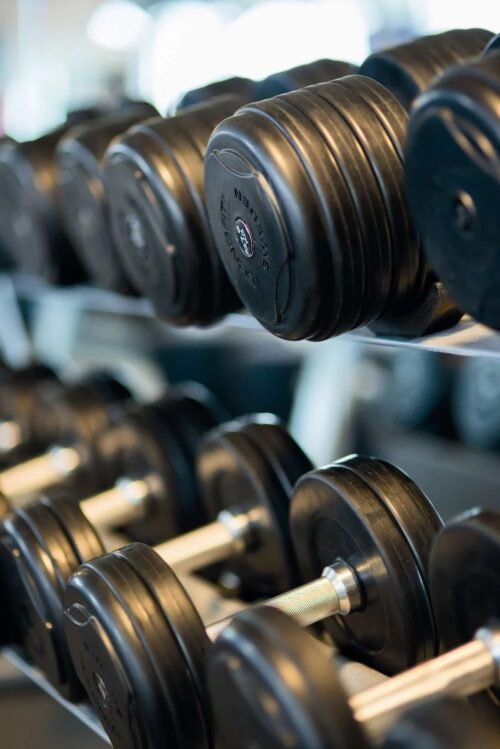Of course, the same goes for adolescent females, but there are a few reasons to highlight this particular, new study from the Canadian Medical Association Journal.
First, the danger.
Males with anorexia have a 6x higher mortality rate than the general population over the course of their lives, and their risk of developing an eating disorder is continually underestimated, despite years of research demonstrating just how significant that risk is (as far back as in 2007, males accounted for 25% of anorexia and bulimia cases and that number might be an under-representation).
And anorexia nervosa continues to be the most dangerous condition on the spectrum of mental health diseases (a staggering 10% of victims with anorexia will die from the disease within 10 years of onset, and 20% within 20 years).
Second, a lot of current popular “wellness” trends among men (particularly, the adolescents presenting in the study) are contributing to the development of anorexia in this cohort.
The trend is based on body image, and in particular, the pursuit of male muscularity.
You’ve seen the ads promising ripped ads, lower body fat, the promise of looking like The Rock etc.,
Well, the pursuit of that often leads to dangerous patterns like intermittent fasting (which is often heralded in legitimate magazines), excessive exercise, supplements, and use of anabolic steroids.
Much of this falls under the spectrum of “muscularity-oriented disordered eating behaviours,” and really, an entire lifestyle that’s continually promoted as both healthy and desirable.
It’s important to pay attention to how damaging this is, because whenever we see ultra-thin female super models, our society is primed to wonder, “eating disorder?”
But when exaggerated male physiques are presented in culture, we often think, “Wow. That dude is committed” or “He’s in the gym 24/7” or, at most suspicious, “steroids?”
We rarely think “anorexia” because during the pursuit of these physical ideals, guys often just don’t look anorexic and the idea of men with anorexia just hasn’t entered the cultural zeitgeist yet.
But guys are often employing extreme means to achieve an otherworldly bodily outcome — just like females.
And the results can be similarly devastating.
Thus, it’s important — particularly for parents who might think that their gym bro male teenagers aren’t at risk — to pay attention to just how their sons are going about achieving their ideals.
Because parents are often on the lookout for these types of behaviours in their daughters, but not their sons.
Here are some resources.
The National Institute of Mental Health on eating disorders, including signs, symptoms, risk factors, treatments and help.
A 24/7 hotline for those struggling with eating disorders or any other mental health disorder.
Six Common Types of Eating Disorders.
And find an eating disorder therapist near you.

